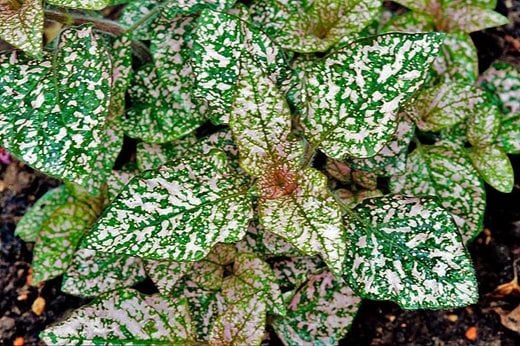 Houseplant care
Houseplant care
Check that light levels are sufficient for houseplants. They will need light to thrive over winter, and can easily be forgotten in a spare room that receives little natural light, or with the curtains left drawn. They are best moved to a sunny windowsill until March. Don’t leave houseplants on windowsills behind the curtains on frosty nights, especially if your windows are not double glazed.
Water houseplants sparingly. Most should be barely moist in winter.
Cut back leggy Hypoestes (polka dot plant), Pilea (aluminium plant), Solenostemon (formerly Coleus) and Tradescantia to encourage new growth.
Clivia benefit from a dormant period over winter, with less watering, feeding, and lower light levels.
Cool conditions and regular watering will help keep potted indoor azaleas looking good for longer. Remember to water azaleas with rainwater collected in a rain butt, not with tap water.
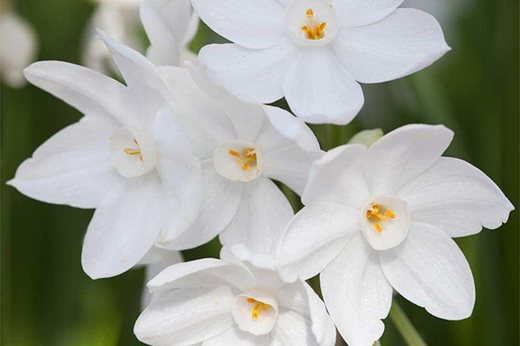 Bulbs and corms
Bulbs and corms
Indoor forced bulbs used for Christmas displays, and which have now finished flowering, can be left outside in a sheltered spot in the garden, to finish dying down.
Support bulb flower spikes with canes (if necessary).
Pot up Hippeastrum (amaryllis) bulbs, and bring them into growth with regular watering and feeding. They should give you beautiful flowers for the late winter/early spring.
Place hyacinths in a cool, bright place in the home. If it’s too warm, the leaves will elongate and the flowers will fade quickly.
Cyclamen persicum appreciates a cool room with good light. If leaves on cyclamen start to turn yellow, this may be a sign of overwatering. Water from below (into the saucer), and allow the plant to drink for up to half an hour before pouring away the excess water left in the saucer – wetting the leaves can easily result in rotting off.
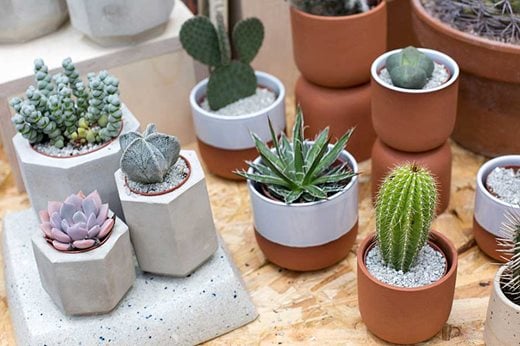 Cacti
Cacti
Remember that cacti need very little water, and no feeding, over winter. Keep the compost barely moist until the spring, when they may come into flower and will therefore need more water and feed.
Encourage bushy growth on Christmas cacti (Schlumbergera truncata and S. × buckleyi) by twisting off outer segments from the most vigorous shoots after flowering. These can be used as cuttings if left to one side and kept warm for a week, for the cut suface to callous over, before potting up.
If your Christmas cactus didn’t flower, it may be that the temperature is too high (above 18°C or 65°F), or that the plant is receiving light from an artificial light source after dark. Try moving the cactus into cooler conditions or away from night lighting.
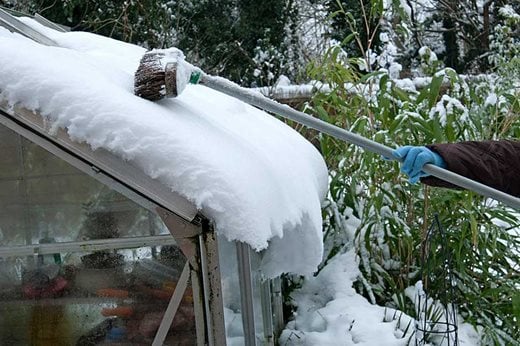 In the greenhouse
In the greenhouse
Check that greenhouse heaters are functioning properly, by investing in a maximum-minimum thermometer to enable accurate monitoring of greenhouse temperatures.
Check your greenhouse insulation to make sure it is still secure.
Remove snow from greenhouse and conservatory roofs, to prevent damage and to allow good light penetration.
Clear leaves and twigs from guttering on greenhouses and sheds.
Ventilating the greenhouse on mild, sunny days will help to reduce fungal infections.
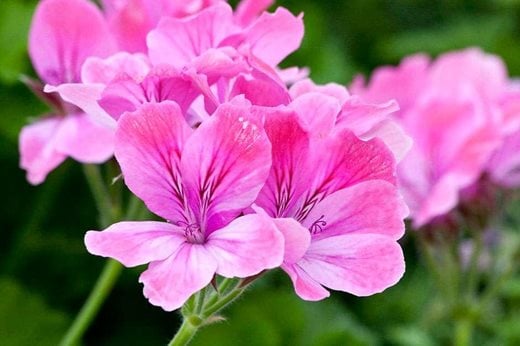 Maintain a minimum of 5°C (41°F) to prevent Fuchsia, Pelargonium and other tender plants being killed by the cold. Higher temperatures will be needed for tropical plants.
Maintain a minimum of 5°C (41°F) to prevent Fuchsia, Pelargonium and other tender plants being killed by the cold. Higher temperatures will be needed for tropical plants.
Fuchsias can be started into active growth by re-potting, increasing watering, feeding (with a slow-release fertiliser such as a seaweed feed), and putting them in a sunny place.
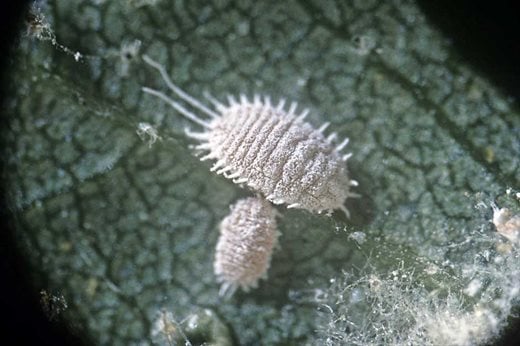 Pest and disease watch
Pest and disease watch
Regularly pick over plants and sweep up fallen debris, to prevent disease appearing and spreading.
Keep an eye out for overwintering pests such as whitefly or red spider mite, and manage accordingly. Nooks and crannies, and the bark of woody houseplants and vines, can harbour mealybugs and scale insect nymphs.
Look out for cyclamen grey mould.
This is a good time to clean all your old pots and seed trays, so that they are ready for next spring’s flurry of activity. Thorough cleaning will reduce pest and disease problems. Hot soapy water will clean well, without unpleasant odour or toxicity to plants.

